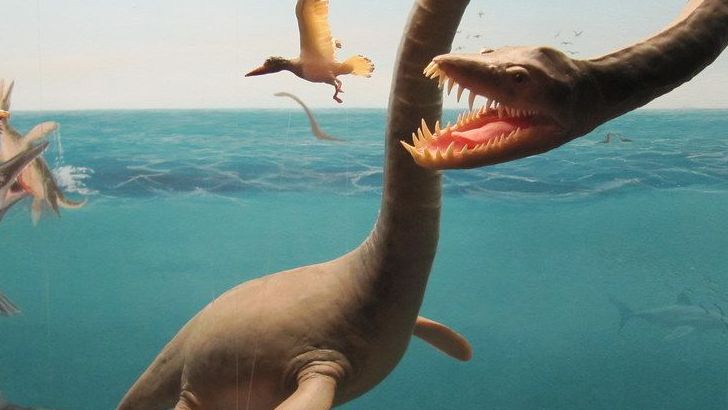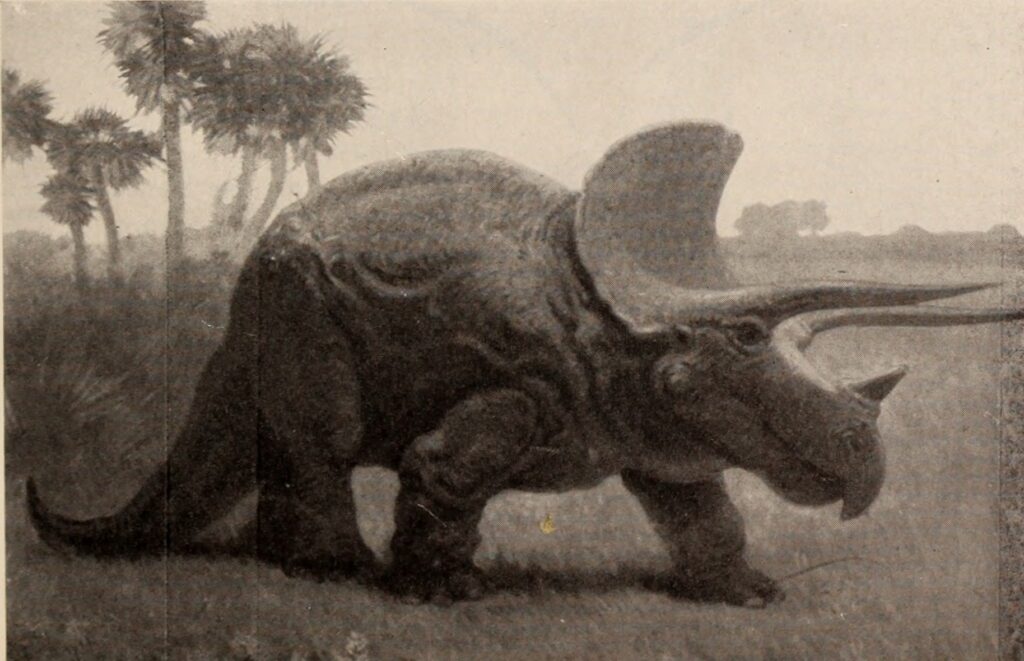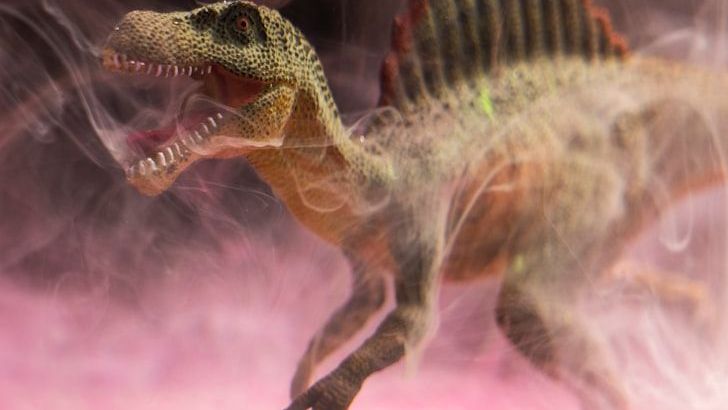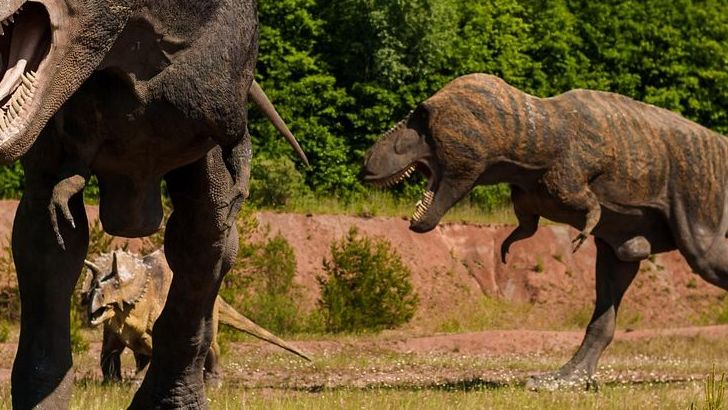Picture this: massive prehistoric predators gracefully slicing through ancient waterways, their powerful bodies perfectly adapted for aquatic hunting. While most people imagine dinosaurs as strictly land-dwelling giants, science has revealed something far more fascinating.
Some of these ancient beasts evolved remarkable ming abilities that would put modern marine animals to shame. These aquatic adaptations transformed certain dinosaur species into formidable water predators, capable of hunting fish and navigating rivers with surprising agility.
So let’s dive in and discover five extraordinary dinosaurs that took to the water like prehistoric dolphins!
Spinosaurus – The Ultimate Aquatic Predator
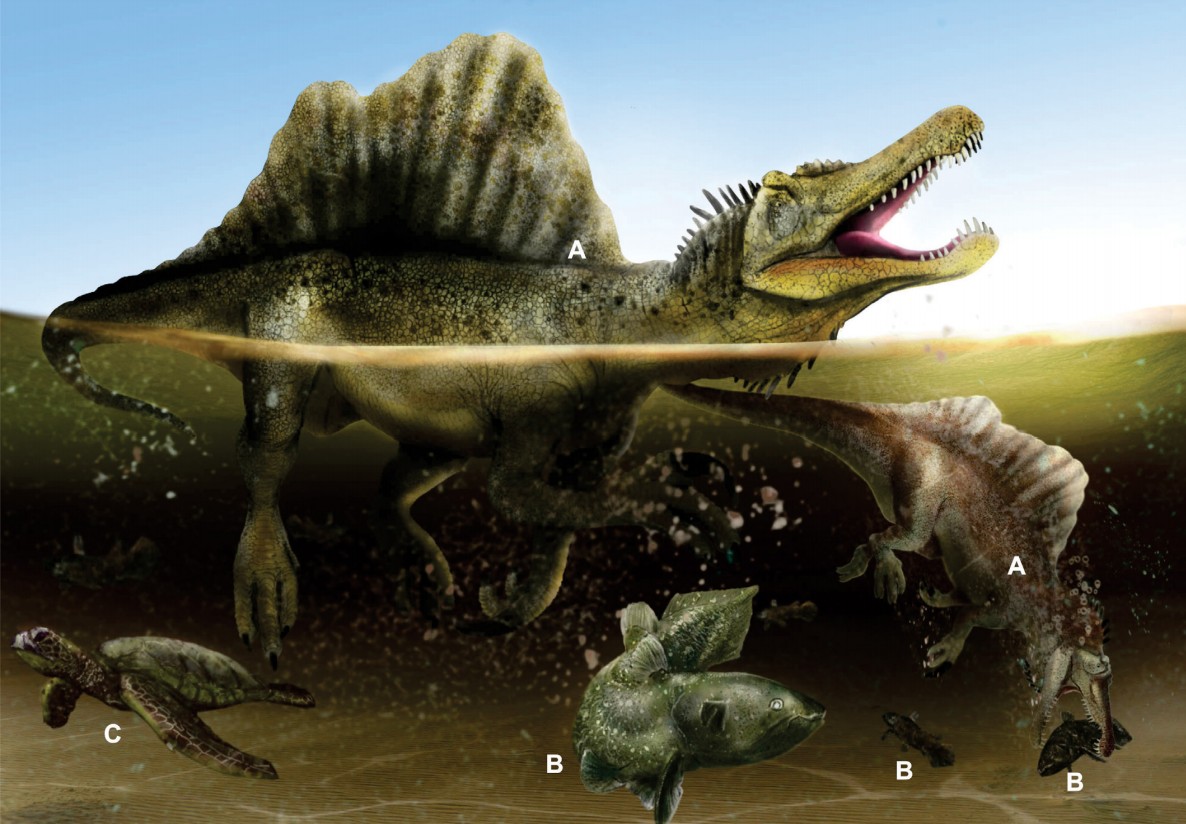
Spinosaurus holds the remarkable distinction of being the only dinosaur definitively known to . This massive carnivore could grow up to an astounding fifty feet long, making it not just an accomplished mer but also one of the largest predators ever discovered. The creature possessed several aquatic adaptations including small nostrils positioned far back on its skull to limit water intake, relatively long forelimbs, and enormous flat feet suitable for paddling.
What truly set Spinosaurus apart was its broad, paddle-like tail that behaved more like modern crocodile tails than those of other carnivorous dinosaurs. Its dense limb bones allowed the beast to submerge itself rather than float at the surface, giving it incredible control while hunting underwater. Scientists believe this prehistoric mer spent considerable time in freshwater environments, using its crocodile-like jaws to catch fish and other aquatic prey.
Baryonyx – The Fish-Hooking Hunter
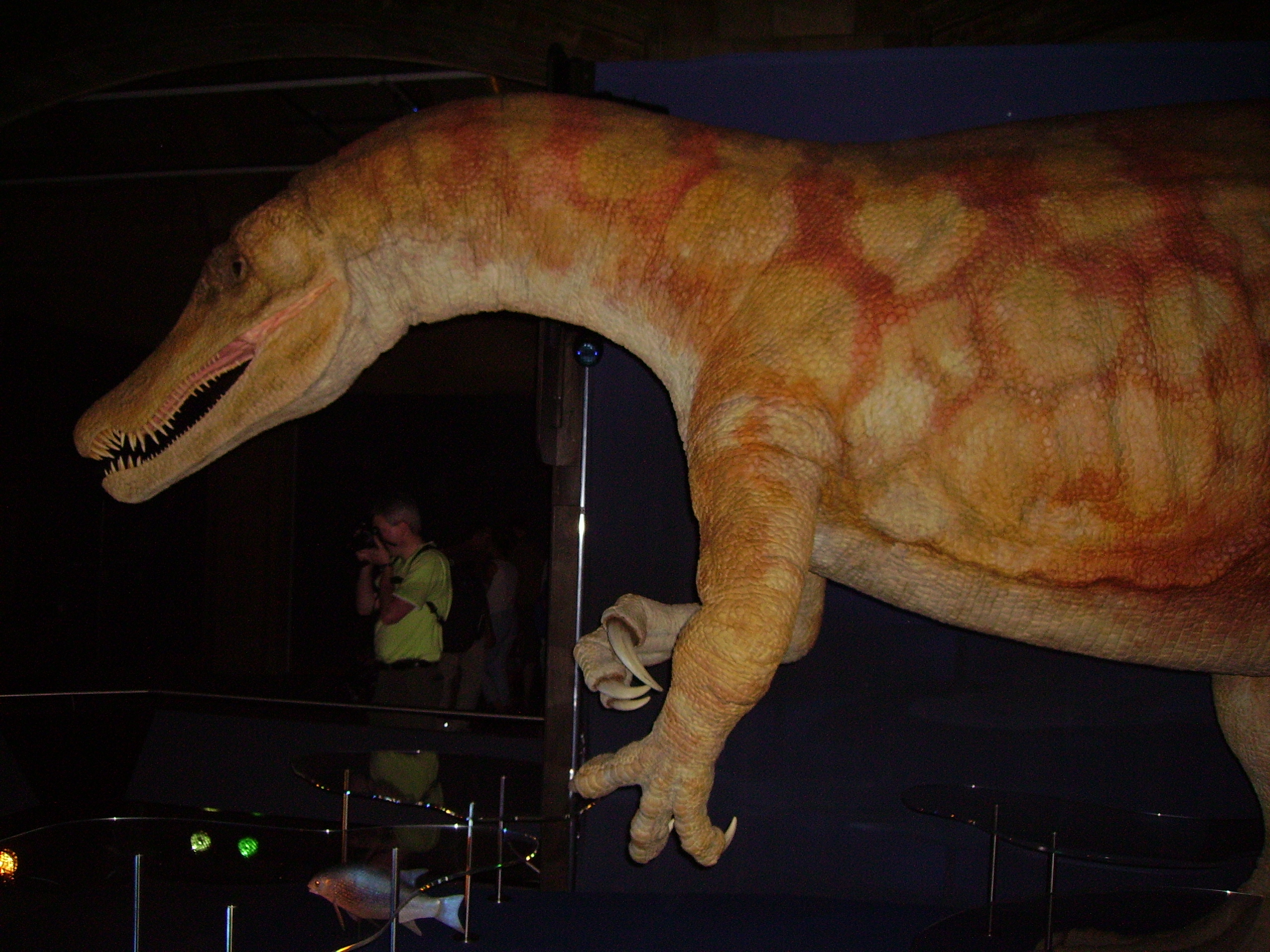
Baryonyx was the first theropod dinosaur demonstrated to be piscivorous (fish-eating), as evidenced by fish scales found in the stomach region of the original specimen. This remarkable predator possessed ninety-six teeth in total, which was about thirty-two more than the famous Tyrannosaurus Rex. Its most striking feature was a massive curved claw that earned it the name “heavy claw” in Greek.
Baryonyx may have been able to , as suggested by its nostrils being set quite far back on its snout rather than at the tip like most theropods, though it’s still considered primarily a land-dwelling dinosaur. Scientists believe Spinosaurus and Baryonyx would have prowled lakes, swamps and rivers to hunt, using their dense bones to submerge themselves underwater to capture fish. Its long, crocodile-like snout and numerous conical teeth made it perfectly equipped for snatching slippery aquatic prey.
Natovenator – The Streamlined ming Hunter
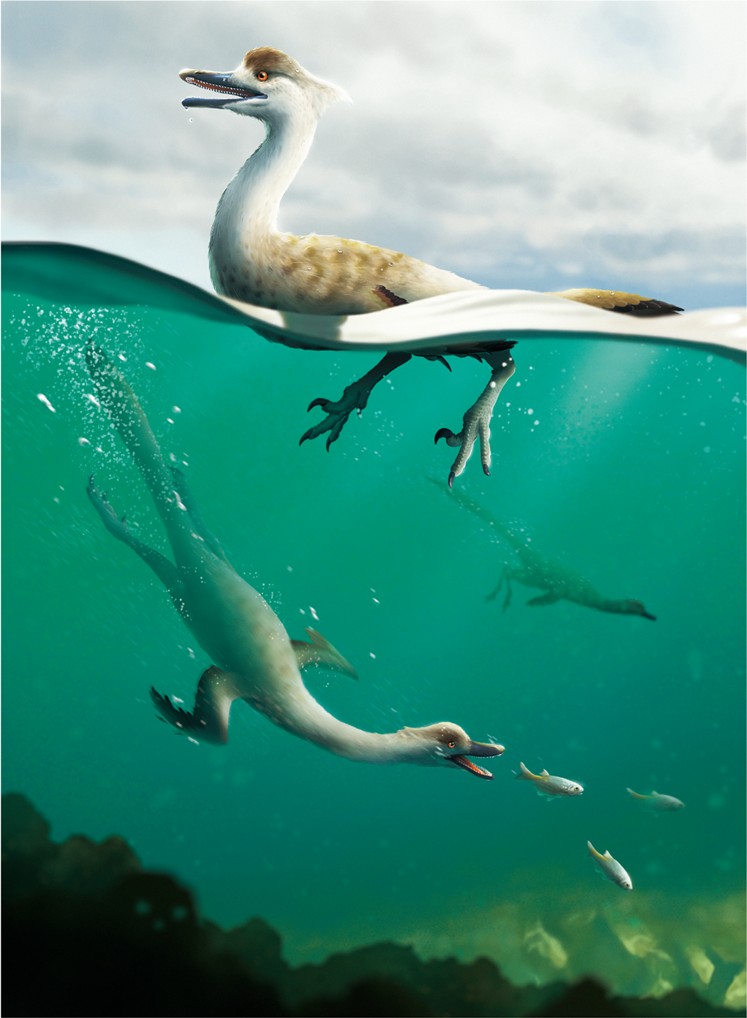
Natovenator provides the first compelling evidence of a streamlined body in a non-avian theropod dinosaur, with its dorsal rib configuration indicating it was a capable mer. This small but remarkable dinosaur measured about eighteen inches long and lived in prehistoric Mongolia roughly seventy-one million years ago. Its name “Natovenator” derives from Latin words meaning “to ” and “hunter,” referencing its possible ming behavior.
The creature’s well-preserved skeleton shows articulated dorsal ribs that are posterolaterally oriented to streamline the body like diving birds, and widely arched proximal rib shafts reflecting a dorsoventrally compressed ribcage similar to aquatic reptiles. Natovenator exhibited multiple convergences with aquatic vertebrates, including an elongated snout with numerous teeth, a complex neurovascular system, and a retracted nostril opening. The dinosaur had a long, flexible neck and analysis of its jaws indicates it possessed lots of small teeth, ideal for grabbing slippery fish.
Halszkaraptor – The Raptor That Became a Duck
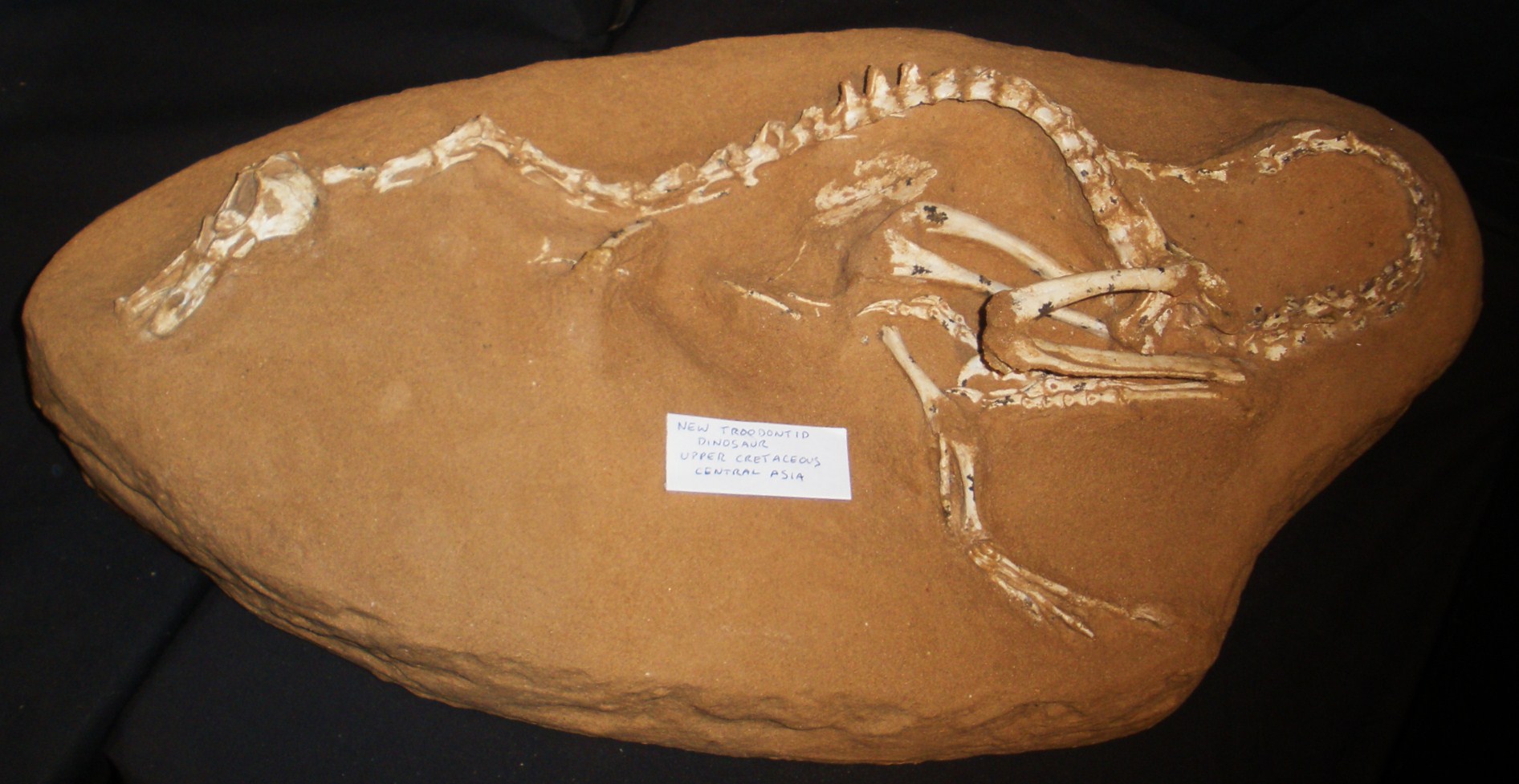
Halszkaraptor was about the size of a mallard duck but possessed some truly extraordinary adaptations for aquatic life. This dinosaur had characteristics that allowed it to spend time both in water and on land, including strong hindlimbs for running and smaller flipper-like forelimbs for ming. It had many sharp, backward-curving teeth, a long neck, and sensory neurons in its snout that may have allowed it to detect vibrations in water.
Recent discoveries suggest that Halszkaraptor’s ribcage was similarly streamlined to Natovenator, strengthening claims that this strange dinosaur really did have strong ties to water. However, studies found that Halszkaraptor had hollow bones unlike penguins, while Spinosaurus and Baryonyx had dense bones consistent with spending significant time in water. Despite this difference, the creature’s overall body plan suggested it was well-adapted for a semi-aquatic lifestyle similar to modern waterfowl.
Ceratosaurus – The Occasional mer
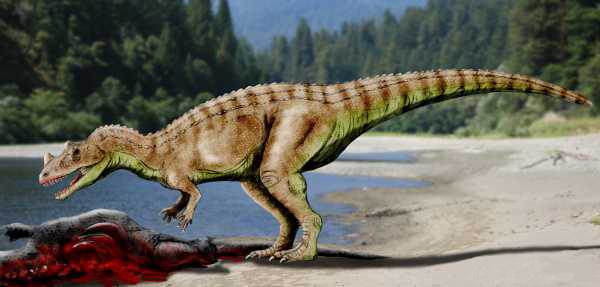
Ceratosaurus could probably and catch aquatic prey, such as fish and crocodiles, though it wasn’t as specialized for aquatic life as the other dinosaurs on this list. Teeth found in areas that would have historically been floodplains, river beds, and lake shorelines suggest that dinosaurs such as Ceratosaurus may have eaten fish. This large theropod likely ventured into water opportunistically rather than living a primarily aquatic lifestyle.
Unlike the highly specialized mers mentioned earlier, Ceratosaurus represented more of a generalist approach to aquatic hunting. The dinosaur probably waded into shallow waters when opportunities arose, using its powerful jaws and sharp teeth to catch fish and other water-dwelling creatures. While not as dramatically adapted as Spinosaurus or Baryonyx, it demonstrates that even traditionally terrestrial predators occasionally took advantage of aquatic food sources.
Conclusion
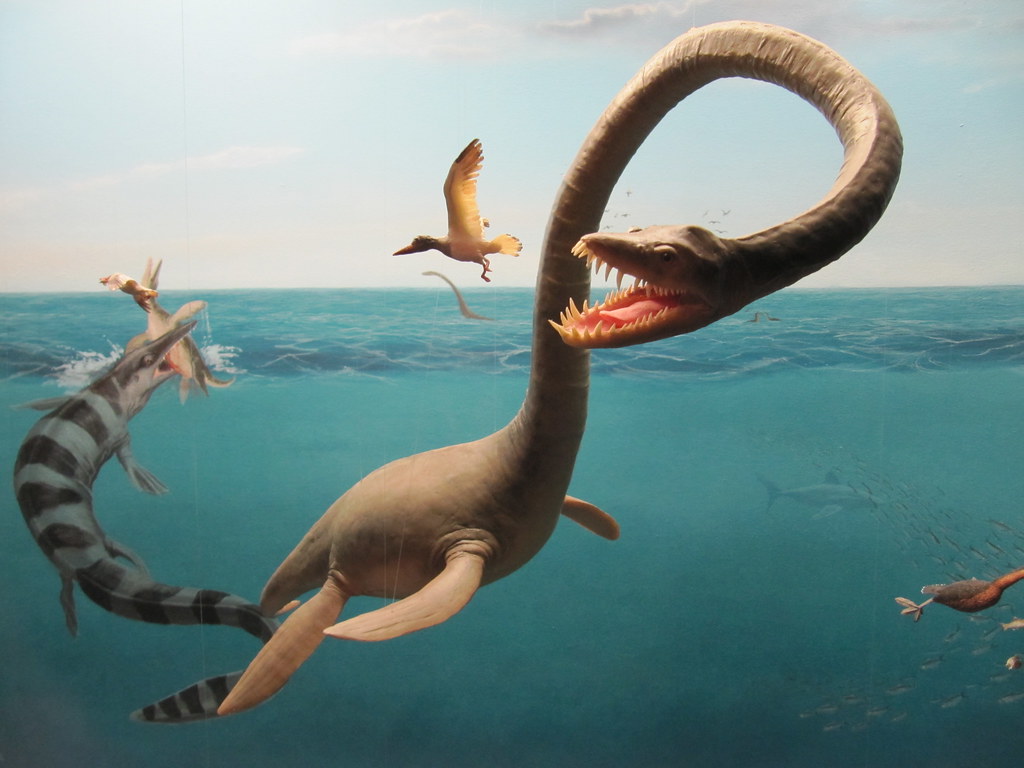
The discovery of ming dinosaurs has revolutionized our understanding of prehistoric ecosystems. These remarkable creatures show that dinosaurs were far more adaptable and diverse than previously imagined, successfully occupying aquatic niches alongside their terrestrial dominance.
From the massive Spinosaurus with its paddle-like tail to the duck-sized Natovenator with its streamlined body, these ancient mers demonstrate evolution’s incredible creativity. Each species developed unique solutions for aquatic hunting, whether through specialized teeth, streamlined bodies, or powerful ming appendages.
What surprises you most about these prehistoric mers? Did you ever imagine that some dinosaurs were more at home in water than on land?

